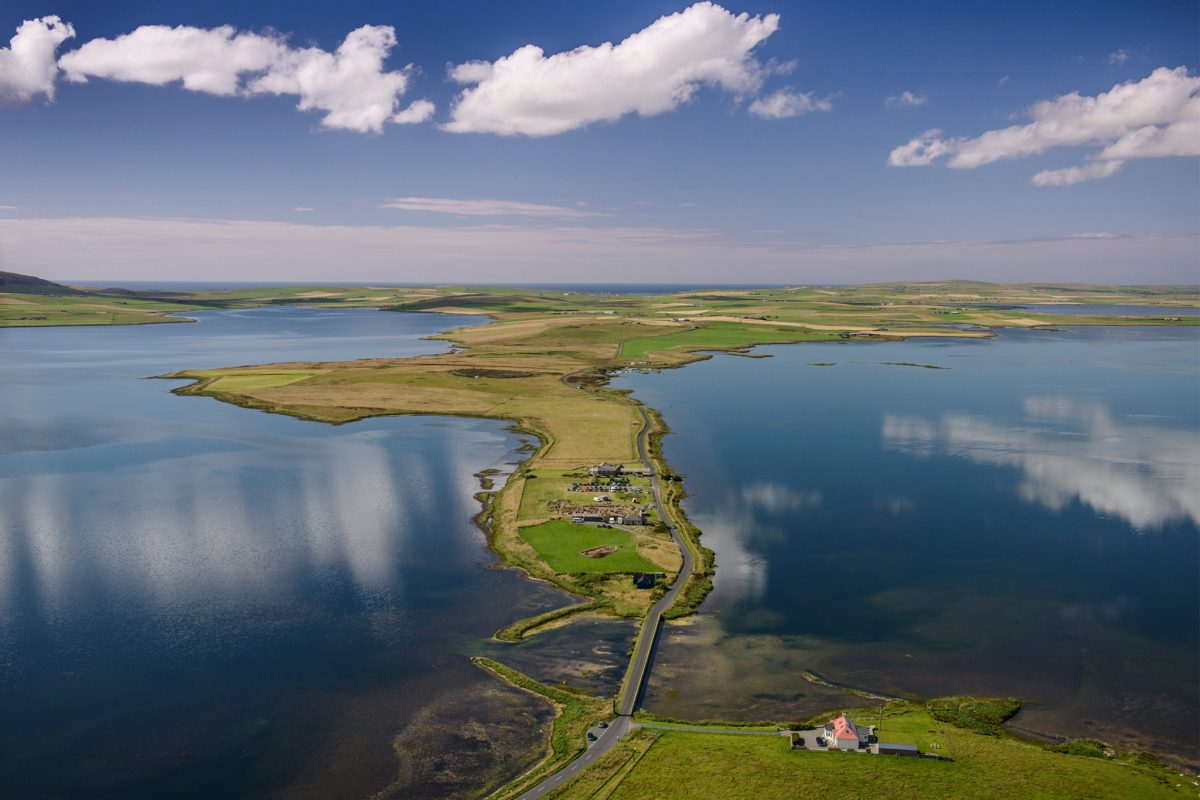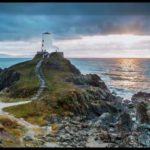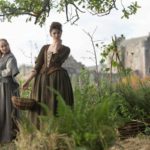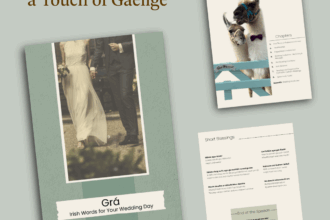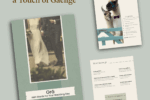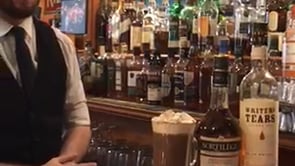Some of Orkney’s best known Neolithic attractions have been taking centre stage recently, thanks to the three-part BBC Two programme ‘Britain’s Ancient Capital: Secrets of Orkney’.
Presenters including Neil Oliver and Chris Packham toured the islands, exploring some of the fascinating archaeology on offer.
But what about the other locations, the hidden parts of Orkney that sit off the traditional tourist trail, just waiting to be discovered?
Here are five of our favourite sites featured in the programme. You can find out more about them all with Visit Orkney’s new interactive map.
ROUSAY
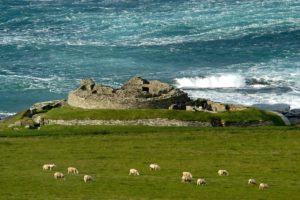
Considerable remains of a stone broch, with sea beyond and sheep grazing in the foreground.
Midhowe Broch, Rousay. Image © Max Fletcher
There are so many archaeological highlights in Orkney it can be hard to get around them all. Imagine, then, if you could condense 5,000 years of Orcadian history into one small stretch of coastline! That’s exactly what you can experience in the island of Rousay. There are more than a hundred archaeological sites there, with the Westness Heritage Walk giving visitors the chance to sample the Neolithic, through the Iron Age and the Vikings, all the way to the clearances of the 1800s.
NORTH GAULTON CASTLE
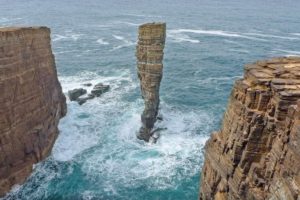
A sea stack stands by cliffs, with raging water below,
North Gaulton Castle Seastack, Orkney. Image © Dan Birtwisle.
This delicate sea-stack is hidden away on Orkney’s wild west coast and receives just a fraction of the visitors its famous cousins at Yesnaby and the Old Man of Hoy do. There is a special charm to North Gaulton Castle though, which is a 170-foot high stack, and the fact that you’ll probably be alone to see it makes a trip there even more appealing!
TRESNESS, SANDAY
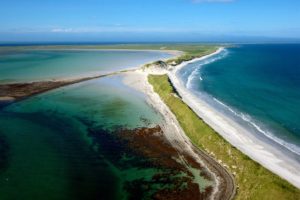
A narrow stretch of land flanked by white sands and turquoise sea.
Tresness, Sanday. Image © Colin Keldie
As the name suggests, the island of Sanday is perfect for beach lovers. It’s a place full of deserted, golden sandy beaches, with beautiful clear seas all year round. The dunes at Tresness are special though, even by Sanday’s standards. This wide expanse of sand sits isolated on the east coast of the island, and who wouldn’t want to enjoy their own stretch of beach for the day?
BERRIEDALE WOOD, HOY
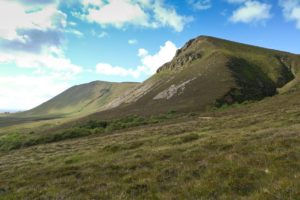
A hill peak covered with greenery.
Berriedale Wood, Hoy. © VisitOrkney
Orkney might not exactly be the rainforest of the north – in fact, we’re famous for our relatively treeless landscape. But did you know we also have the most northerly ancient woodland in the British Isles? Berriedale Wood can be found in amongst the towering hills of Hoy, a unique and special place to visit at all times of the year. Head into this hidden gully to find various species including downy birch, rowan, aspen and willow, and all kinds of wildlife too.
THE HEART OF NEOLITHIC ORKNEY
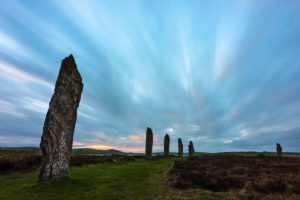
A curved line of standing stones with pink sky in the distance.
Ring of Brodgar, Orkney. Image © Premysl Fojtu
Ok, we know this is hardly ‘hidden Orkney’, but our UNESCO World Heritage Site, the Heart of Neolithic Orkney, has to be mentioned during this year of History, Heritage and Archaeology! The chambered tomb at Maeshowe, the Standing Stones of Stenness, the Ness of Brodgar, the Ring of Brodgar and Skara Brae are fascinating places to explore – visit them to experience your own special secrets of Orkney, and the history of these spectacular islands.
An aerial view of the archaeological site at the Ness of Brodgar.
Ness of Brodgar, Orkney. Image © Hugo Anderson Whymark
Remember to view Visit Orkney’s new interactive map to see all the locations featured during ‘Britain’s Ancient Capital: Secrets of Orkney’. If you missed it, the programme can be viewed via the BBC iPlayer.

